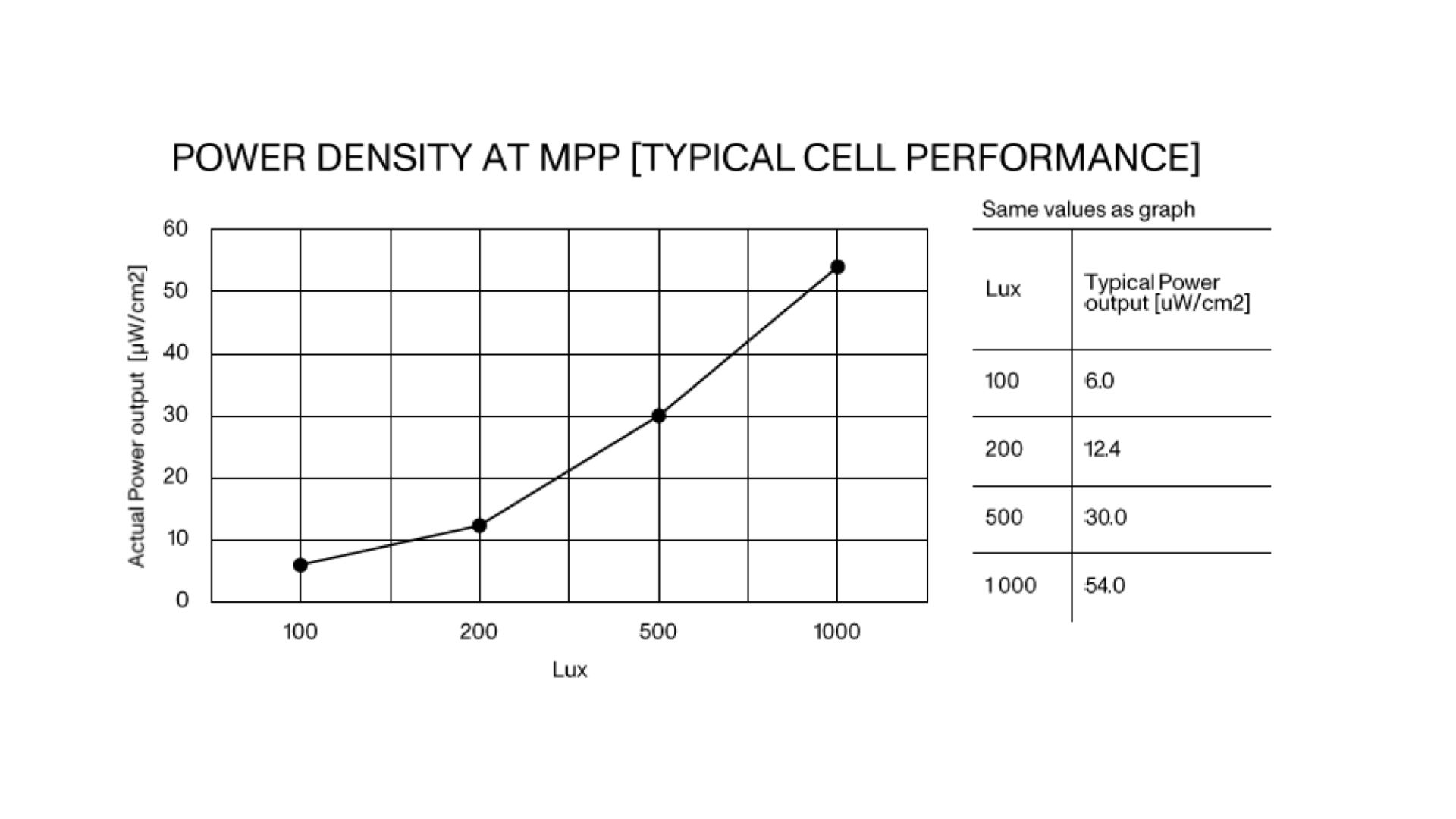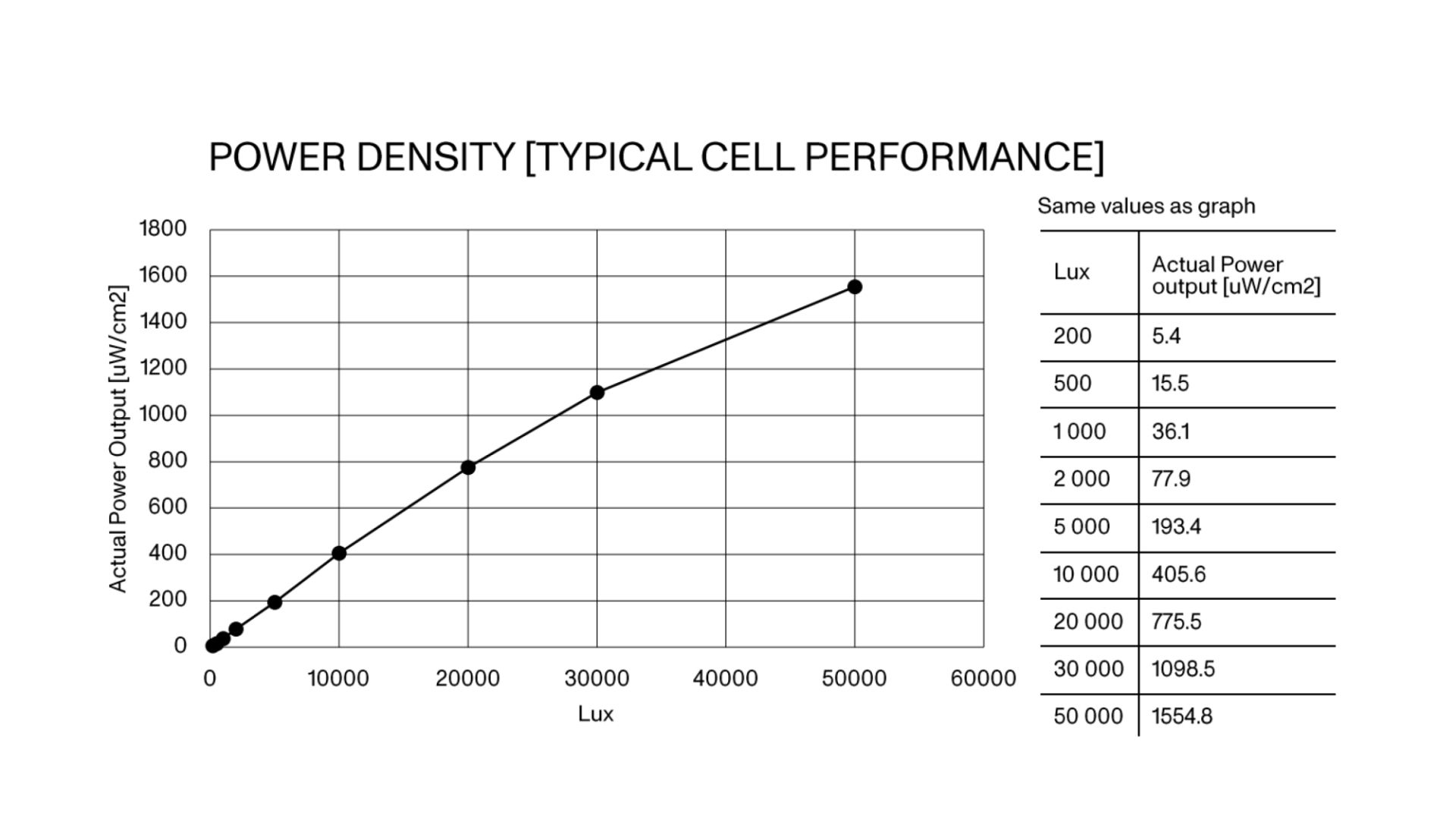Powerfoyle
Patented Solar Cell TECHNOLOGY
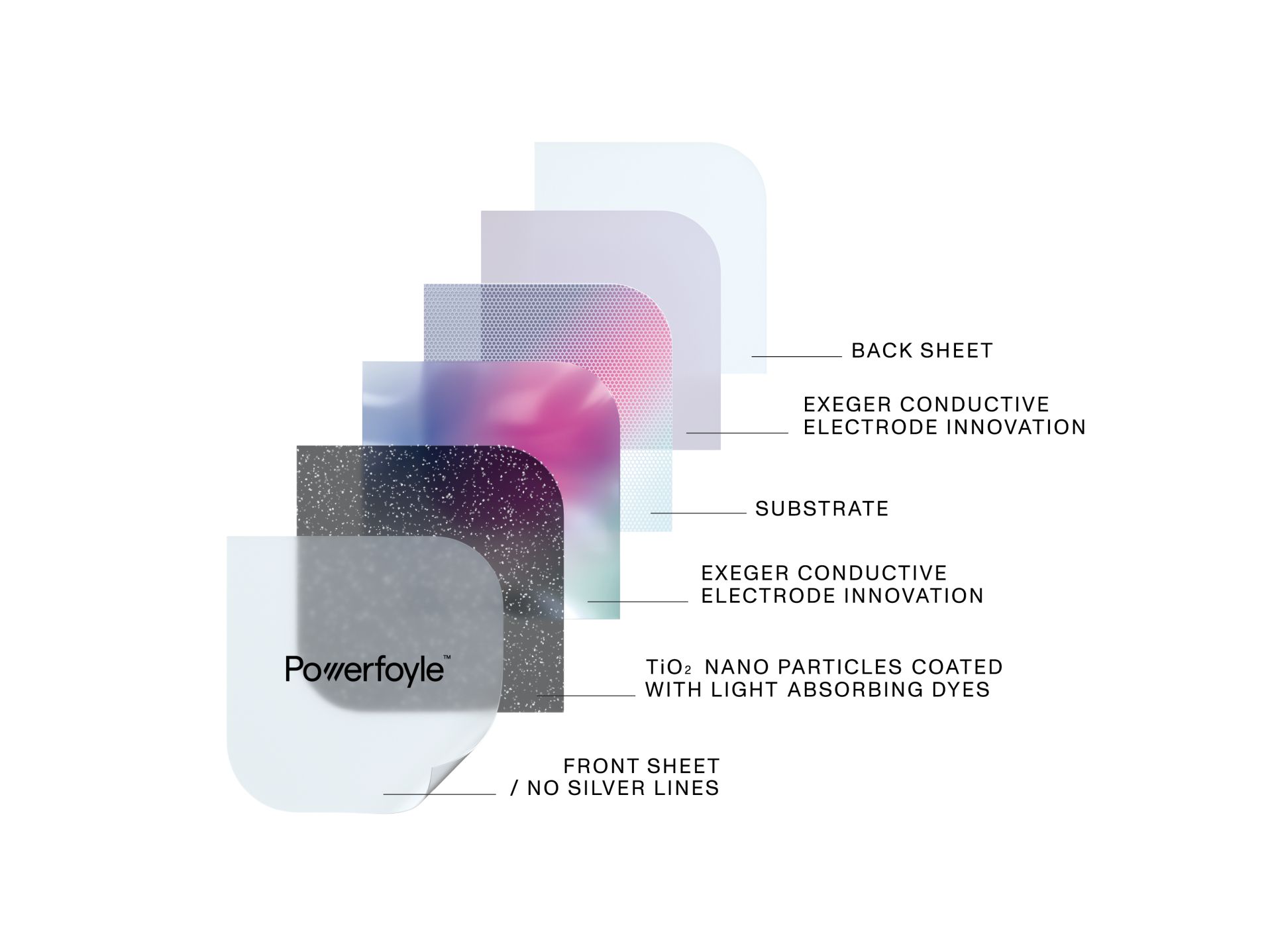
Powerfoyle is an evolution of the Dye-Sensitized Solar Cells (DSSCs), a breakthrough from the 1990s. DSSCs function like artificial photosynthesis, using a titanium dioxide layer covered with a light absorbing dye. When light strikes the dye, it releases electrons into the titanium dioxide, generating an electric current. These electrons travel through a circuit and return via an electrolyte solution, which refreshes the dye to sustain the process.
The breakthrough innovation that makes Powerfoyle a superior technology is a completely new material with 1000 times lower resistance than the conducting layer typically found in any flexible solar cell. That means much larger cells can be produced without the need for current collectors as seen in all other solar cells. This makes Powerfoyle the most customizable solar cell on the market.
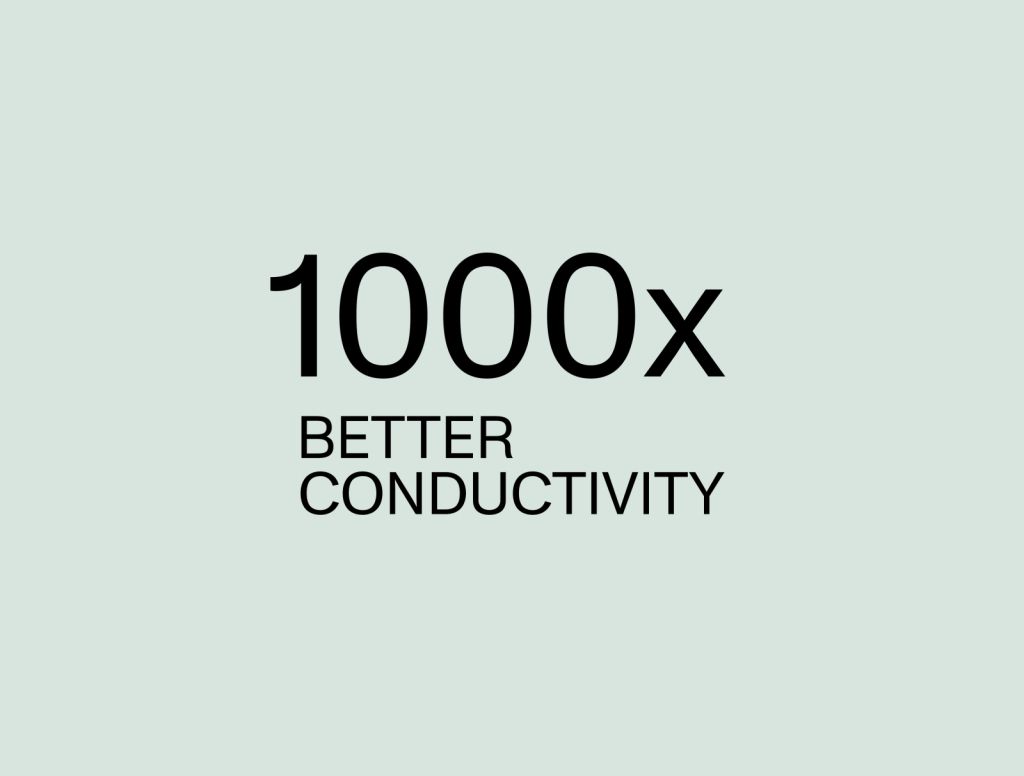
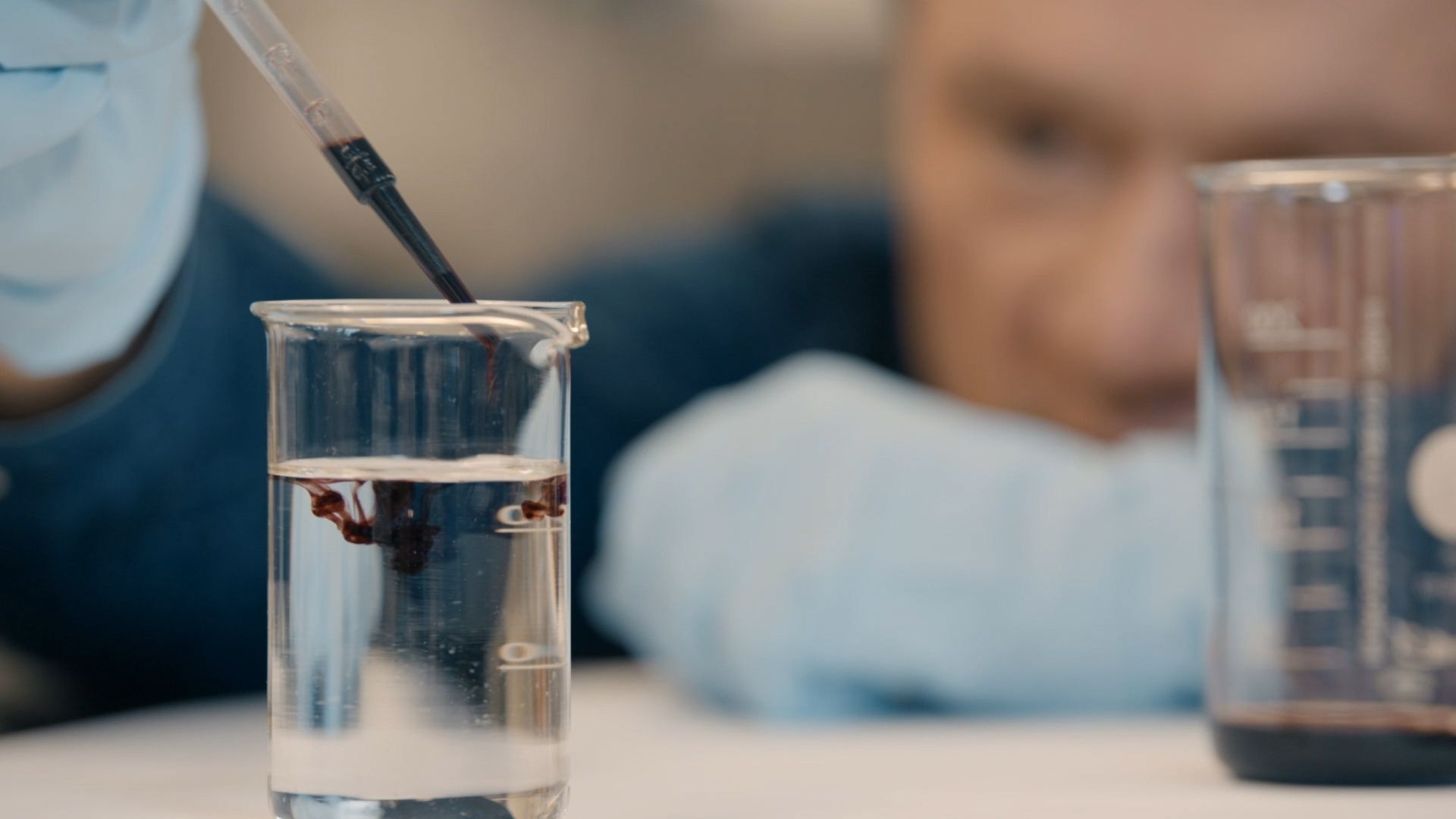
Powerfoyle can be optimized to various light levels by combining different light-absorbing dyes and electrolytes in the cell. Doing so will ensure that maximum power output is generated to match the typical light levels for a particular device. This can mean that users never have to charge their devices again.
The effects of solar cell integration on power
Comparing indoor solar cells can be a challenge and for companies, the only power metric that matters should be how much electricity reaches the battery. Here, we measure two different solar cell technologies – Powerfoyle and glass-based amorphous silicon solar cells (the kind found in calculators). The difference between loose cell measurements and post integration measurements is staggering – up to 50% loss in efficiency for glass-based solar cells, virtually none for Powerfoyle.
